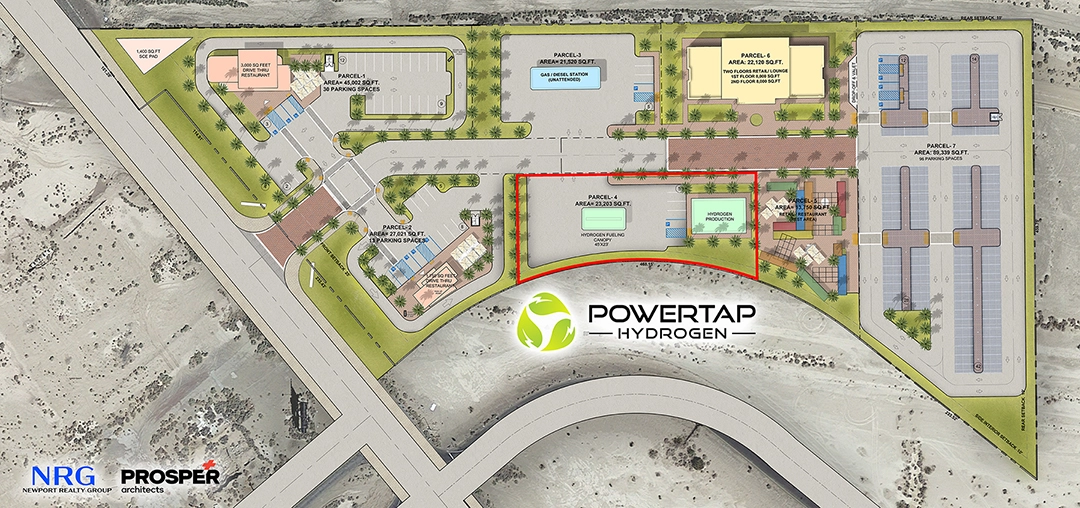Mixed-use developments are experiencing a surge in popularity across the United States, thanks to their adaptability in accommodating a diverse range of tenants. These innovative projects not only enhance the quality of life for suburban residents but also serve as catalysts for implementing more sustainable land-use practices. By offering walkable, safe, and community-centered environments, mixed-use developments help combat the longstanding issue of urban sprawl. Savvy developers recognize the value of these developments in diversifying their investment portfolios and maximizing returns.
Responding to New Urbanism and Evolving Market Demands
Mixed-use spaces resonate with the principles of New Urbanism, which prioritize the human scale of the built environment and aim to create profitable, sustainable developments. These versatile spaces enable developers to adapt to fluctuating customer preferences and repurpose areas for different tenants, fostering thriving small business ecosystems capable of transforming local economies. In the U.S., mixed-use developments can significantly enhance the profitability and allure of neighborhoods that currently lack convenient access to leisure activities.

California Spearheading Liveable Spaces and Efficient Land Use
California is at the forefront of developing liveable spaces and promoting responsible land use. As suburban populations continue to expand, residents in California and other states like Florida are increasingly calling for more equitable distribution of facilities and resources. The Lakeview Plaza project in Moreno Valley exemplifies this approach, providing residents with cutting-edge infrastructure for businesses, shops, and restaurants, while strategically considering proximity to leisure activities. This ambitious project aims to elevate living standards, stimulate new construction in the area, and create new commercial opportunities for the upper part of Moreno Valley.
Crafting Dynamic and Engaging Suburban Communities
Developing liveable spaces is a complex endeavor that requires a deep understanding of various architectural and urban planning principles. Factors such as community, safety, recreation, and connectivity are critical elements that contribute to the creation of vibrant, appealing spaces. Countries like Finland and Sweden have earned a reputation for high living standards by prioritizing the construction of community facilities before embarking on the densification of specific areas. This successful strategy is worth exploring for growing cities and suburban regions in the U.S.
Striking a Balance Between Affordability, Proximity, and Walkability in California
While affordability remains a critical factor in future housing decisions, residents are increasingly seeking well-connected locations with easy access to amenities. As housing prices in California continue to skyrocket, more residents are being priced out of major urban centers and forced to relocate to nearby areas. This migration places pressure on urban planners to attract developers and create better facilities for the expanding population. Mixed-use developments can address some of these initial demands, making neighborhoods more economically viable and liveable.
The Victorville Village Project: A Blueprint for Successful Mixed-Use Development
The Victorville Village project in California serves as an excellent example of a thriving mixed-use development, carving out spaces for businesses and residents in the vicinity of Los Angeles. This thoughtfully designed development features an array of restaurants, offices, and retail establishments while prioritizing walkability within low-rise buildings and open spaces. These design choices foster a sense of community and help boost sales. With more mixed-use developments like Victorville Village, the surrounding areas become increasingly attractive for housing construction, creating vibrant, sustainable communities for future generations.



